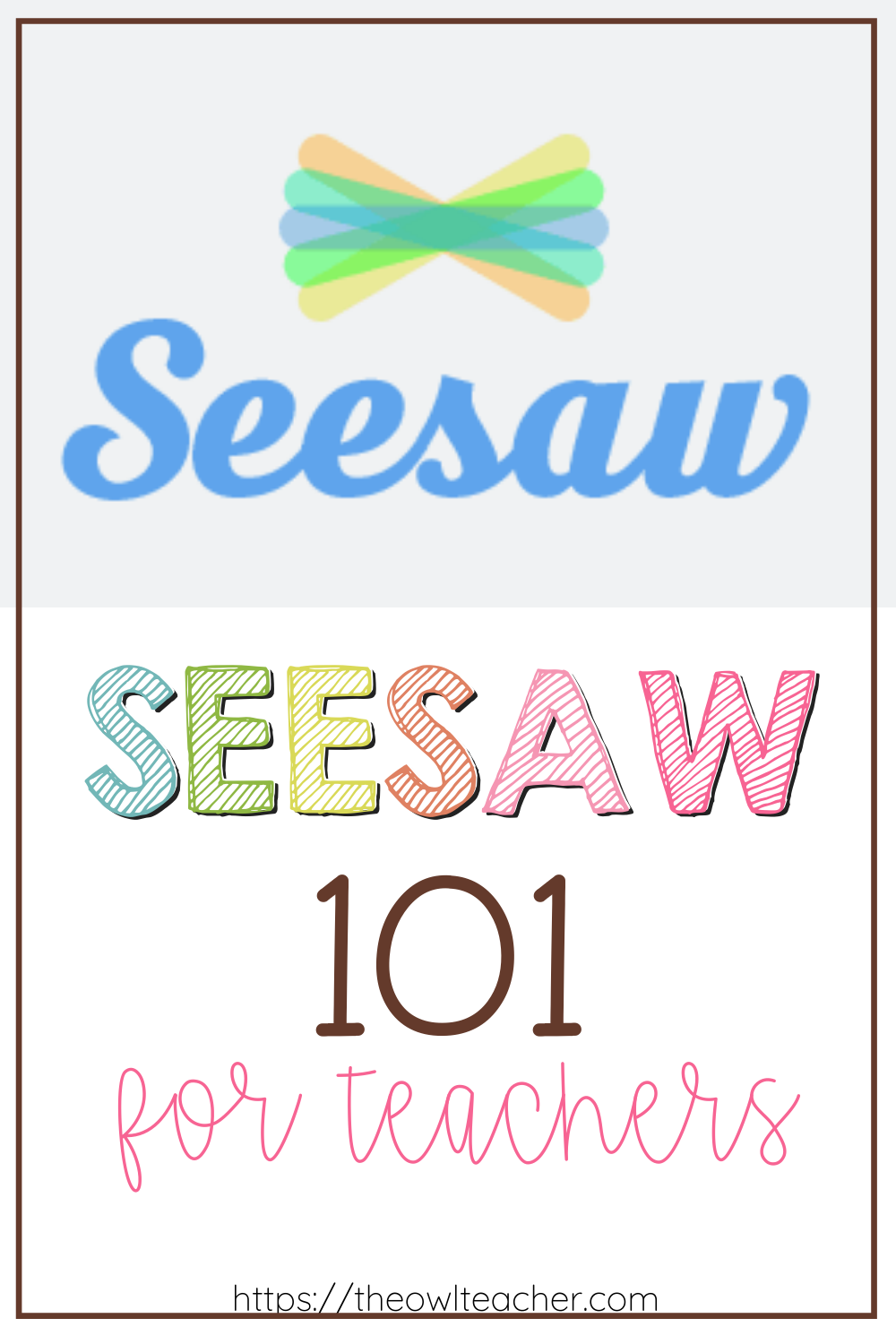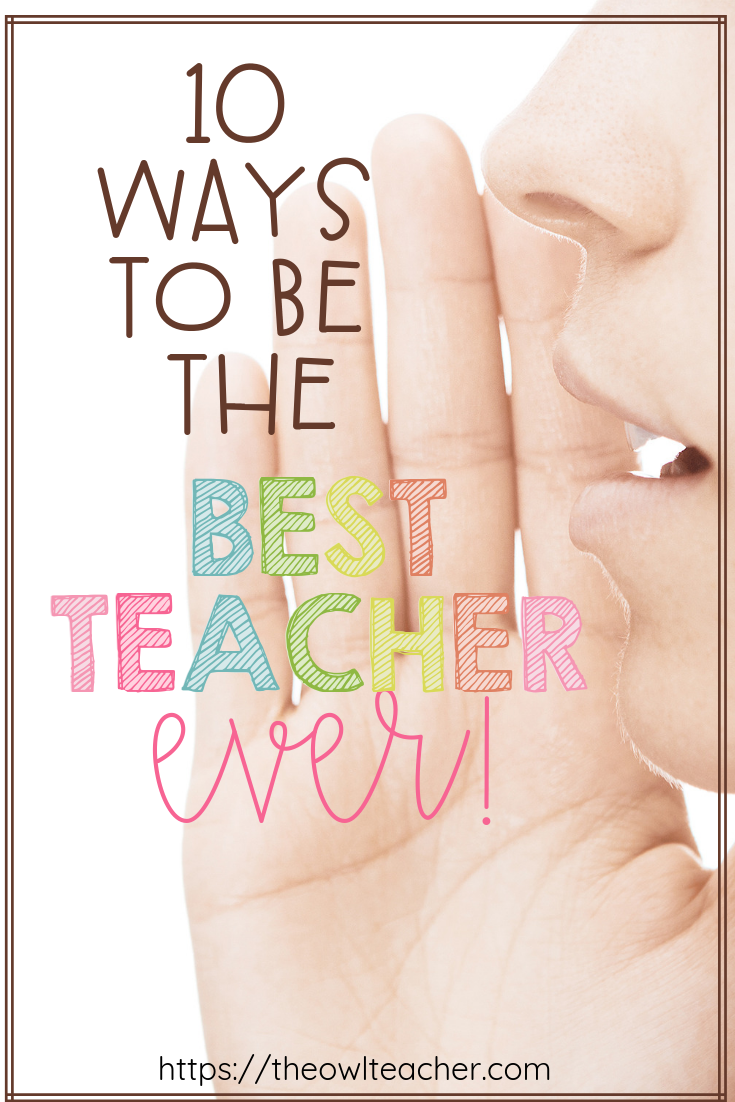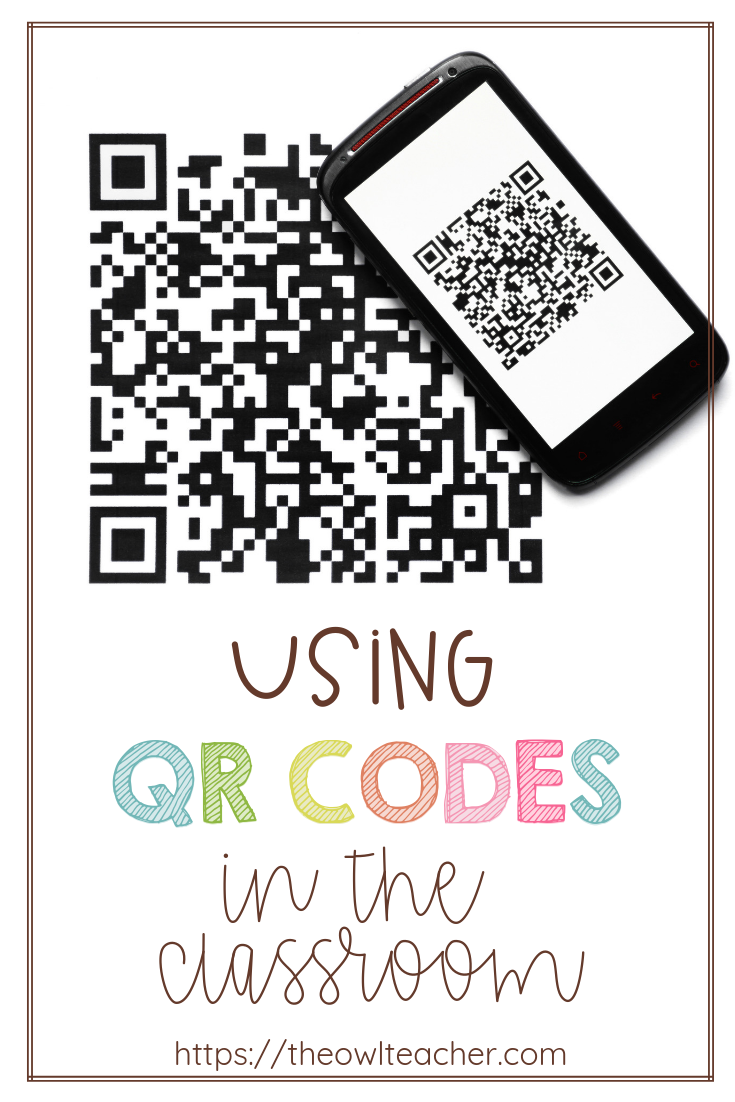
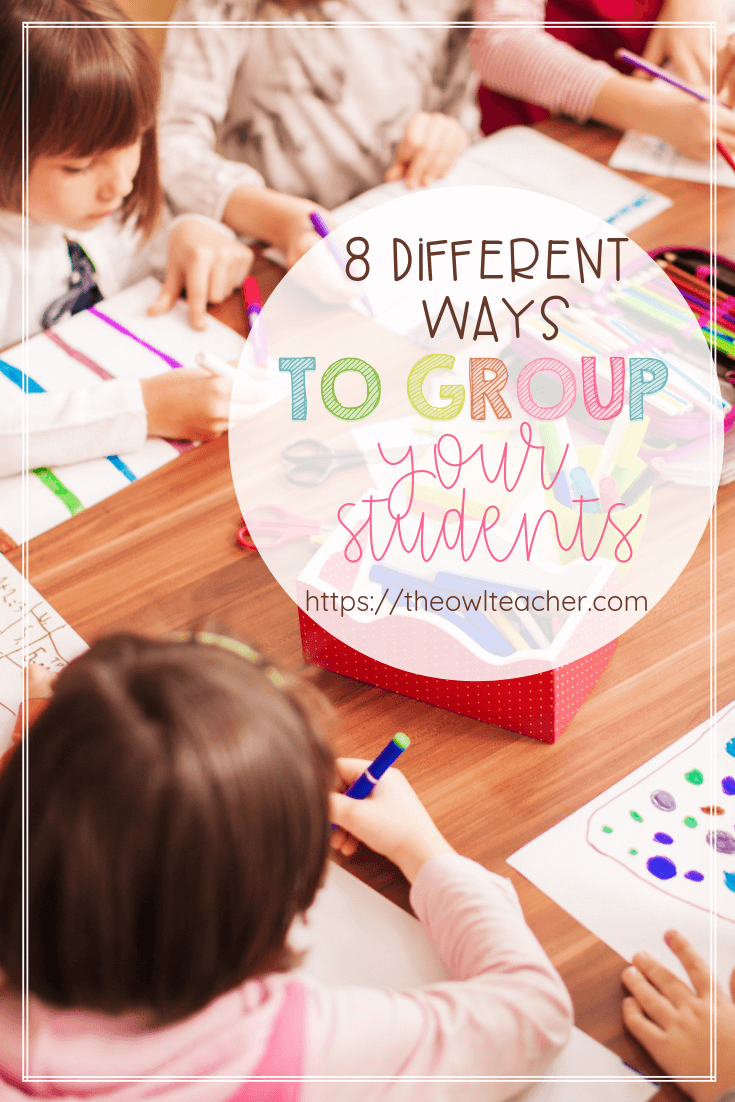
How do you group your college students? It’s a trainer’s problem generally. They are saying college students study greatest in them however do they? In my classroom, I began noticing one thing… Once I’d say get into teams of 4 (or the like), they instantly gravitated towards the identical friends. They had been both their greatest associates or relying on the undertaking, the “smartest” ones. (I’ve certainly had college students say, “I need to be with Jilly as a result of she’s the neatest.”) How can we group our college students with out dropping our sanity?


Listed below are eight completely different concepts on how one can group your college students otherwise every time. Hopefully, there’s one thought you should use.
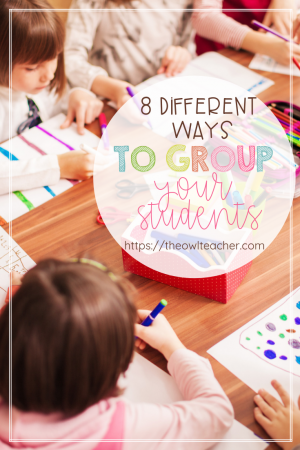
8 Completely different Methods to Group Your College students With out Shedding Your Sanity
1.) Random
Group your college students randomly by pulling sticks or utilizing an app to select. I steadily use this within the classroom once I need teams of equal dimension and need college students to department out slightly bit past their friends. Typically they get fortunate and find yourself with their greatest pal anyway. What are you able to do?
2.) Homogeneous
Take into account grouping your college students primarily based on comparable tutorial achievement ranges. As an illustration, the identical studying stage or math scores. Although some educators frown on this, it’s nonetheless useful. I feel the one time it’s NOT useful is if you repeatedly do it each time you group your college students. I exploit this once I’m creating teams for math (to satisfy with me) or for literature circles (all studying the identical textual content and stage).
3.) Heterogeneous
Group your college students primarily based on variations. As an illustration, I attempt to look via my class listing and resolve who’re my leaders. Then I kind them out every “main” their very own group (they don’t know this, in fact, I privately do that. I’d by no means kind them out in entrance of the category. Flashback to being picked final in kickball.) I proceed to do that so it’s a stability of scholars who’re unbiased and dependent. I additionally be aware of who butts heads and who works nicely collectively.
4.) Curiosity
Group college students primarily based on their comparable pursuits. College students are sometimes extra motivated after they share widespread pursuits in a subject. I bear in mind one yr letting some boys of mine independently examine (as an enrichment exercise) Egypt as a result of that they had an curiosity. It was probably the greatest shows ever.
5.) Studying Type
Group your college students primarily based on their a number of intelligences. If they’re linguistic, put them with different linguistic learners. If they’re kinesthetic, take an aspirin after which put them collectively. Like study from like.
6.) Data of a Matter
I know this one sounds loads like studying primarily based on pursuits. To some extent it is- however generally we’ve a number of data and understanding of one thing with out actually having an curiosity. College students with likeness in data can share info with each other which confirms their understanding and builds self-confidence.
Nearly there…
7.) Ability or Technique
When you’re grouping college students just like their ability or technique, you’ll be able to fill in any gaps or enrich college students who want it most. (Sure, it truly is just like the second.)
And eventually…
8.) Pupil Selection
We’re again to the start of my submit. Let the scholars group themselves. We now have all heard that alternative results in success. However perhaps have a number of guidelines… You could have somebody new in your group this time, or one thing.





